What is brainstorming? Tips to get started
Brainstorming is a powerful way to spark ideas for a project, a piece of writing, or any creative pursuit. It helps you think freely and find your focus so you can move forward. In this guide, we explore helpful ways to get your ideas flowing.

Definition of brainstorming
Brainstorming is a flexible, creative-thinking technique that helps you come up with, expand, and refine ideas—wherever you are in your creative process. It’s not confined to the beginning stages of a project. Instead, it’s a versatile approach that invites fresh perspectives and unlocks new possibilities at any point in your work.
At its core, brainstorming is about exploring possibilities without judgment. It creates space to think freely, shift perspectives, and find clarity, especially when the path forward isn’t obvious.
Ready to start brainstorming immediately? Try Grammarly’s free AI brainstorming tool. It can help you generate fresh ideas, explore different directions, or find the words when you’re not sure where to begin.
At its core, brainstorming is about exploring possibilities without judgment. It creates space to think freely, shift perspectives, and find clarity, especially when the path forward isn’t obvious.
Ready to start brainstorming immediately? Try Grammarly’s free AI brainstorming tool. It can help you generate fresh ideas, explore different directions, or find the words when you’re not sure where to begin.
Free AI Brainstorming Generator
Get help bringing your ideas to life with Grammarly’s AI-powered content idea generator, which helps you brainstorm ideas for all your business, school, and personal needs.

Access additional features
Download Grammarly to improve your writing and instantly generate emails, documents, and more in your preferred voice.
Benefits of brainstorming
Brainstorming helps you generate ideas faster, think more creatively, and collaborate with greater ease. Whether you’re working solo or with others, it creates space for fresh thinking and real progress.
Here are a few key benefits to keep in mind:
Here are a few key benefits to keep in mind:

Inspires original thinking
Brainstorming fuels creativity by encouraging fresh, unconventional ideas that might otherwise go unspoken.

Strengthens collaboration
When writers or teams brainstorm together, diverse viewpoints combine to create more well-rounded and effective content.

Accelerates idea generation
This fast-paced method brings multiple themes, angles, and directions to light, perfect for tight deadlines or creative blocks.

Elevates problem-solving
Tackling a writing challenge as a group can lead to sharper insights and more strategic solutions.
Builds stronger teams
Brainstorming together fosters trust and understanding, creating a more collaborative and confident writing environment.
Brainstorming techniques
Brainstorming isn’t one-size-fits-all. The best approach often depends on your goal, the stage of your process, or even your mood that day. Some methods are structured and visual; others thrive on speed and spontaneity. Try mixing and matching different brainstorming techniques to see what sparks your creativity.
Individual vs. group brainstorming
- Individual – Great for self-reflection and deep thinking. It’s ideal when you want to explore your own perspective before bringing others in.
- Group – Perfect for collaboration and co-creation. Bouncing ideas off others can lead to richer, more refined outcomes.
- Mind mapping – A visual approach that helps you connect related ideas and spot new directions.
- SCAMPER – A structured technique that prompts innovation through seven guided steps: Substitute, Combine, Adapt, Modify, Put to another use, Eliminate, and Reverse.
- Reverse brainstorming – Flip the problem on its head. Think of ways to make it worse, then use those insights to find smart solutions.
- Freewriting – Write nonstop for a set time, leaving no time for editing or judgment. Let your ideas flow freely.
- Idea dumping – Quickly list every thought that comes to mind about your topic. Don’t worry about order—just get it all down.
- Spontaneous thought generation – Let go of structure. Capture any and every idea that pops up, no matter how random it may seem.
How to brainstorm effectively
Effective brainstorming lays the groundwork for strong, focused writing. It helps you surface ideas, spot patterns, and shape a clear direction—without overthinking it.
Here are five simple steps to make your brainstorming sessions more productive:
- Define your purpose: Start with a clear writing goal or prompt. Ask yourself a few targeted brainstorming questions to get focused and stay on track.
- Choose your method: Pick a technique that fits the moment—freewriting, mind mapping, or a framework like SCAMPER. If you’re working with others, setting a few basic brainstorming rules ahead of time can help keep things flowing.
- Let ideas flow: During your brainstorming session, set a timer and write without judgment. Don’t edit or hold back—just get everything down.
- Sort and refine: Review your notes. Highlight what works, cut what doesn’t, and group similar ideas to spot themes and connections.
- Shape your structure: Use your strongest ideas to build a loose outline. You don’t need a final draft, just a clear starting point.
Brainstorming with Grammarly's AI
When you’re facing a tight deadline or a blank page, getting started is often the hardest part of any project or task. That’s where AI can make a real difference. AI helps you generate ideas faster, organize your thoughts more clearly, and develop your writing with less friction, so you can spend more time creating and less time second-guessing.
Grammarly’s AI is built specifically for writing and communication. It’s designed to help you brainstorm smarter—from sparking fresh ideas to shaping them into something usable. And because Grammarly works where you write, you can explore different directions without breaking focus or toggling between tools.
Here’s how Grammarly supports your creative process:
Grammarly’s AI is built specifically for writing and communication. It’s designed to help you brainstorm smarter—from sparking fresh ideas to shaping them into something usable. And because Grammarly works where you write, you can explore different directions without breaking focus or toggling between tools.
Here’s how Grammarly supports your creative process:
User enters prompt to brainstorm ideas for busy executives
Generates ideas instantly
Prompt Grammarly to suggest topics, angles, or fresh perspectives to fuel your creativity.
Brings structure to scattered notes
Rough, underdeveloped ideas are a natural part of brainstorming. Turning them into something usable is where Grammarly shines. It helps you take disconnected or rough ideas and transform them into a clear, organized outline you can actually build on.
User enters a prompt to draft an outline on the impact of social media exposure on the teenage brain
User enters a prompt to write an intro for a project proposal
Builds on early drafts
You’ve written something, but it’s not quite there yet. Grammarly helps you improve what you’ve already started, offering ways to expand, refine, or rephrase while keeping your voice and meaning intact.
Docs: Your thinking space and writing space, finally in one place
Docs is your dedicated writing surface for deep work. It’s a powerful AI document editor that supports your process from first thought to final draft, turning ideas into polished writing with real-time support at every step.
Learn more about docs
Learn more about docs
A user using Docs to access Grammarly agents
Brainstorming resources
From proven methods to helpful tools, find everything you need to brainstorm more effectively.
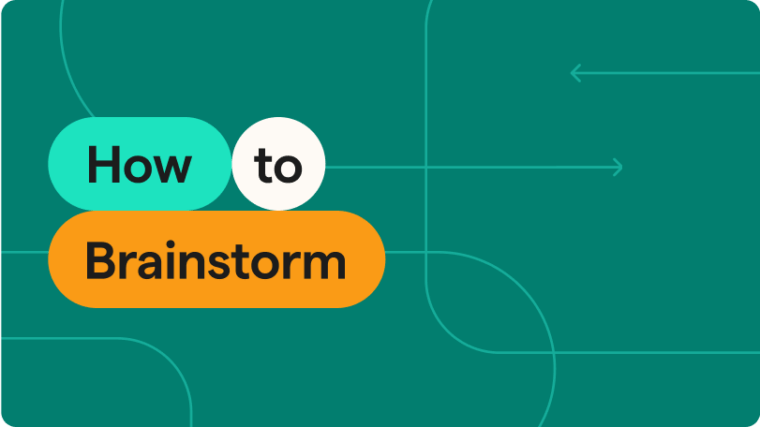
How to Brainstorm: 5 Simple Steps for Stronger, More Organized Writing
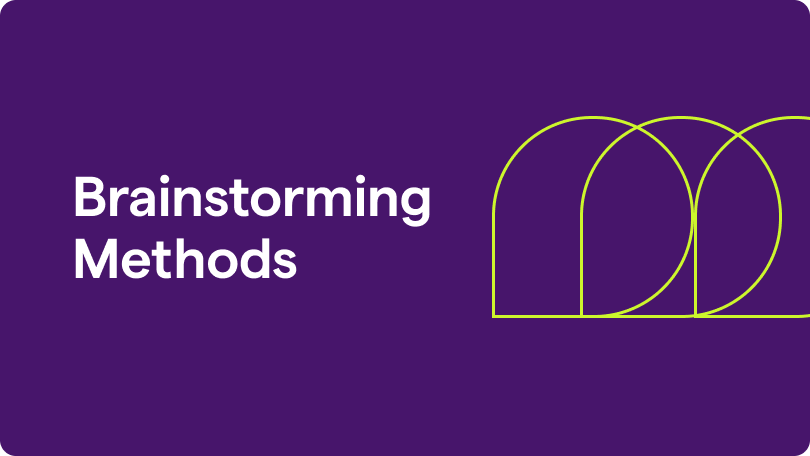
17 Brainstorming Methods and Techniques to Unlock Your Creativity
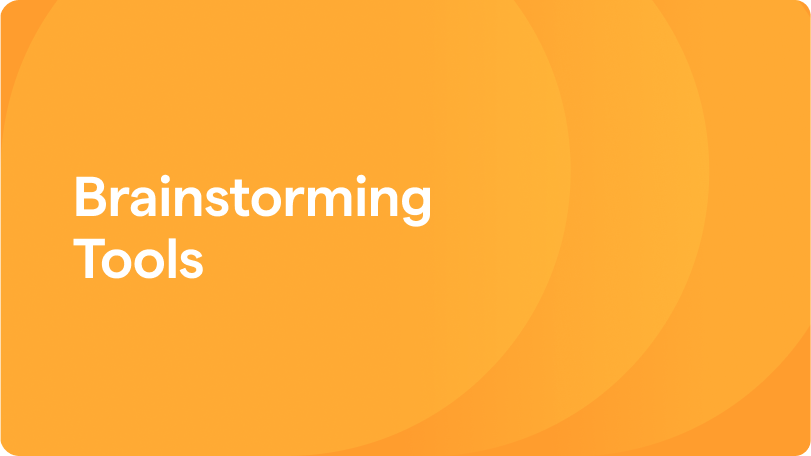
23 Brainstorming Tools to Spark Creativity and Organize Ideas

How to Overcome Writer’s Block: 10 Strategies to Get Unstuck

How to Come Up With Blog Ideas (15 Creative Ideas to Get Started)

Brainstorming With AI: How to Generate Better Ideas, Faster
Frequently asked questions
What is the meaning of brainstorming?
Brainstorming is a creative thinking technique used to come up with ideas, solve problems, or explore new topics. It usually involves free-flowing discussion and many ideas to encourage expansive, out-of-the-box thinking.
Ready to start brainstorming? Try Grammarly’s free brainstorm generator tool to spark your creativity with fresh ideas!
Ready to start brainstorming? Try Grammarly’s free brainstorm generator tool to spark your creativity with fresh ideas!
Who invented brainstorming?
The concept of brainstorming was first introduced by advertising executive Alex Osborn in his 1948 book, Your Creative Power. He defined it as a structured method for enhancing group creativity, built around four key principles:
- Focus on quantity: Develop as many ideas as possible—quantity increases the chance of uncovering something truly original.
- Withhold criticism: Avoid judging ideas as they’re shared; early evaluation can block creative thinking.
- Embrace wild ideas: Imaginative or even exaggerated ideas help push boundaries and spark innovation.
- Build on others’ ideas: Creativity thrives when ideas are combined, adapted, or improved collaboratively.
What are the four stages of brainstorming?
The four stages of brainstorming are:
- Idea generation: Participants freely share a wide range of ideas without judgment, focusing on creativity and quantity.
- Idea organization: Ideas are grouped, categorized, and structured into key themes.
- Evaluation and refinement: Promising ideas are assessed for feasibility, effectiveness, and potential impact, then refined for clarity.
- Implementation planning: The strongest ideas are developed into actionable steps, ensuring a clear path to execution.
What is the purpose of brainstorming in writing?
Brainstorming helps writers spark ideas, refine their thoughts, and organize content before drafting. It encourages creative exploration and problem-solving, making the writing process smoother and more efficient.
How does brainstorming improve creativity in writing?
Brainstorming allows ideas to flow freely, helps uncover unique angles, and lets writers explore multiple possibilities before settling on a final direction. It’s all about thinking outside the box!
When should I brainstorm during the writing process?
You can brainstorm at any stage of the writing process. While it’s especially useful to use it at the beginning to come up with ideas and structure your work, brainstorming also helps during drafting, revising, and overcoming creative blocks. Keeping ideas flowing throughout ensures that your writing stays fresh and well developed.
What are the limitations to brainstorming?
Even the most creative brainstorming sessions can hit a few snags. From unclear direction to uneven participation, these challenges can make it harder to surface your best ideas. Being aware of them is the first step toward a more inclusive, productive process.
- Groupthink limits creative range: Without structure or intention, teams may align too quickly—sticking to safe ideas instead of exploring fresh, unexpected directions.
- Fear of judgment holds people back: Not everyone feels confident sharing early ideas. Without psychological safety, valuable contributions may stay unsaid.
- Sessions can go off-track: When goals aren’t clearly defined, brainstorming can lose focus and veer into unproductive territory.
- Louder voices may overshadow others: A few strong personalities can unintentionally take over, leaving less space for quieter contributors.
- Idea overload creates decision fatigue: Generating too many options can be overwhelming, especially when trying to choose the strongest direction for your writing.
Do professional writers use brainstorming?
Absolutely! Even experienced writers use brainstorming to generate fresh ideas, refine their content, and push past creative blocks. It’s a go-to tool for improving clarity, structure, and originality in writing.
Explore the writing process
Get support for every stage of the writing process. No matter where you are in your journey, Grammarly is your writing partner. Its AI supports you from ideation to final polish, and every step in between.
Outlining
Discover how to turn scattered thoughts into a clear, logical outline that sets your draft up for success. Build a solid foundation with advice on which outline type to choose and support from Grammarly’s AI outline generator.
Learn More →
Learn More →

Rough draft
Unlock ways to make writing easier and more efficient. Get practical tips to overcome writer's block, maintain momentum, and use Grammarly’s AI to make rough drafts less rough.
Learn More →
Learn More →
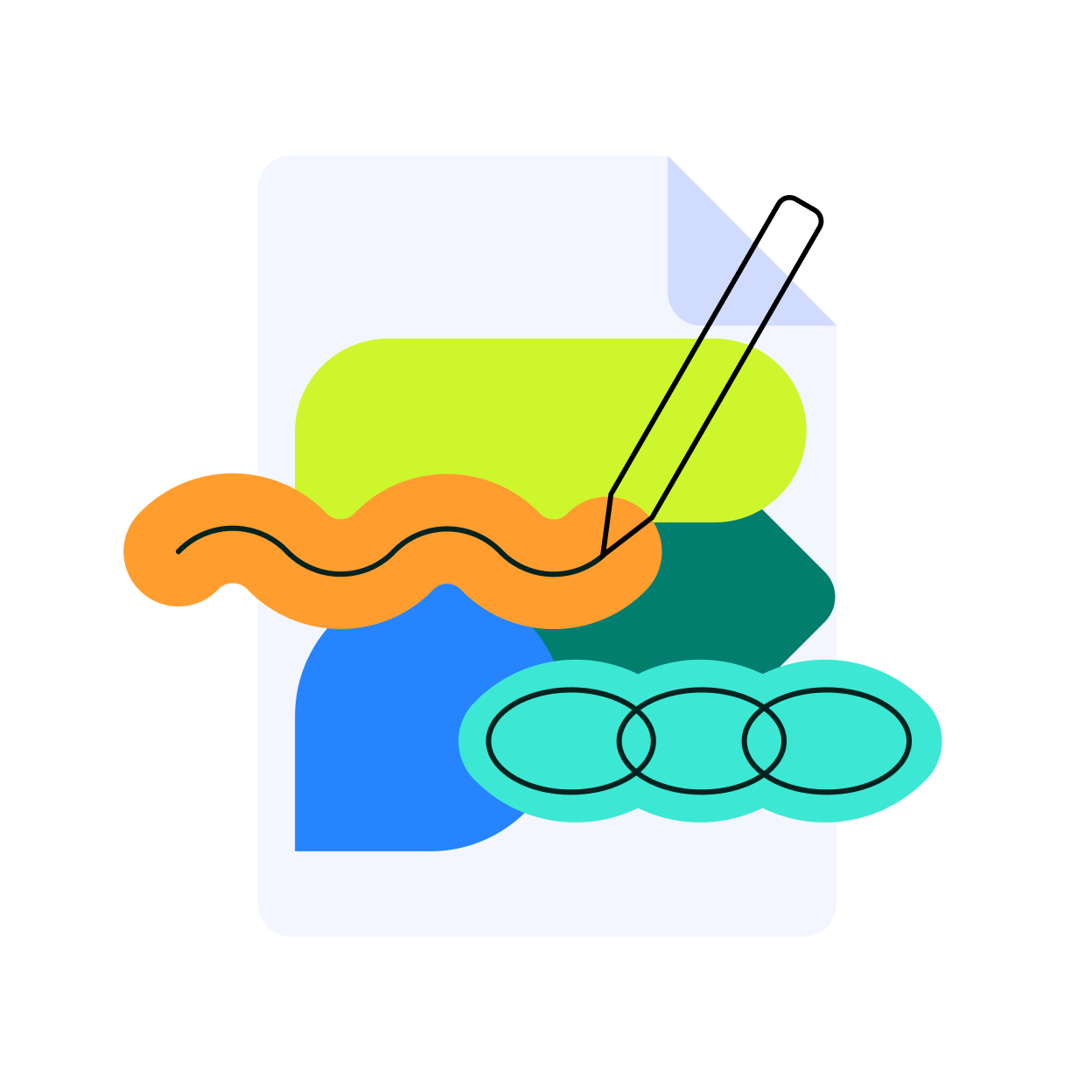
Revising
Explore the art and craft of editing for clarity, effectiveness, and style. Learn simple techniques to sharpen your writing and get dynamic suggestions to improve your impact from Grammarly.
Learn More →
Learn More →
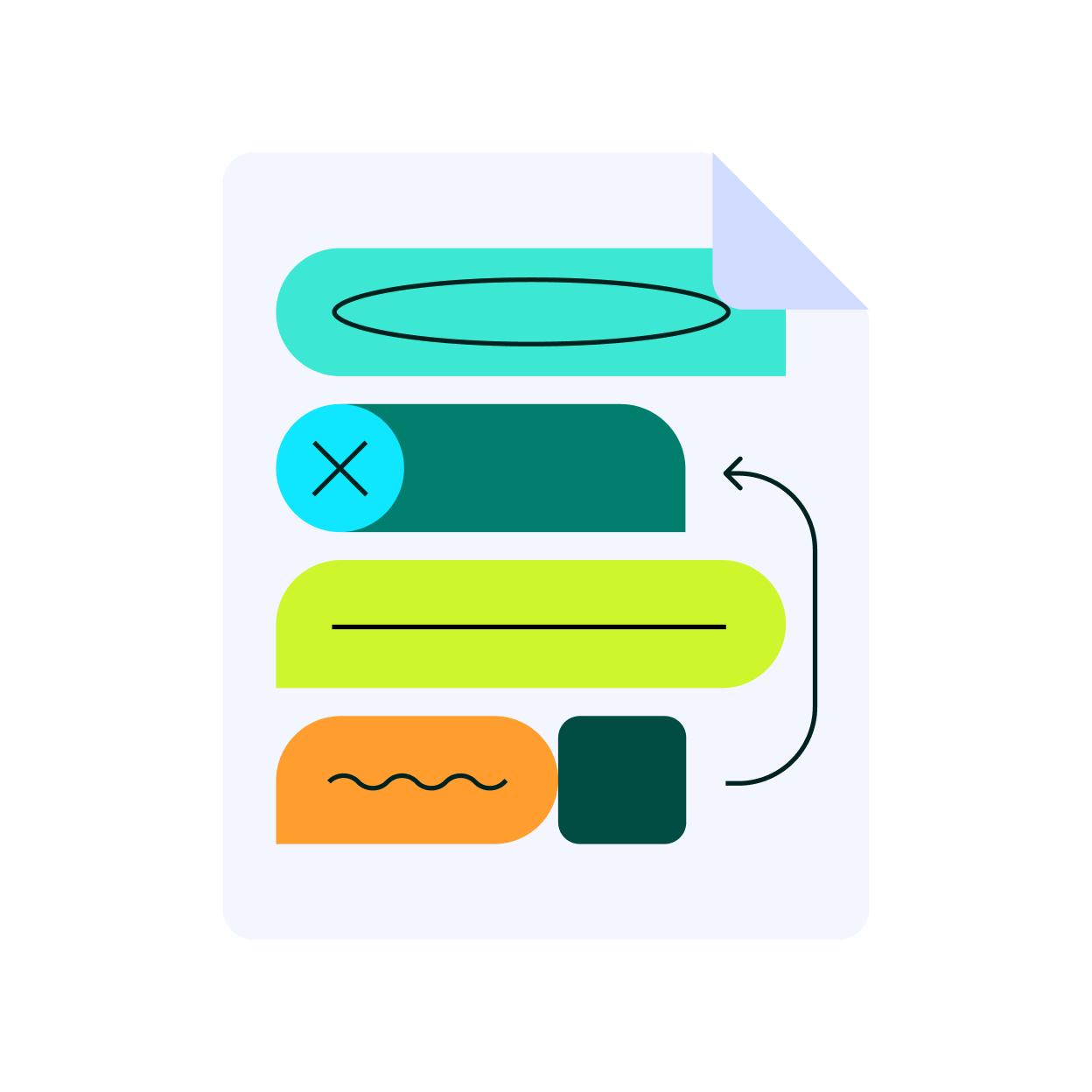
Proofreading
Learn how to proofread your work effectively so your finished product is polished and ready for readers. Build your proofreading skills with step-by-step guides supported by the world’s best AI proofreader.
Learn More →
Learn More →

Outlining
Discover how to turn scattered thoughts into a clear, logical outline that sets your draft up for success. Build a solid foundation with advice on which outline type to choose and support from Grammarly’s AI outline generator.
Learn More →
Learn More →

Rough draft
Unlock ways to make writing easier and more efficient. Get practical tips to overcome writer's block, maintain momentum, and use Grammarly’s AI to make rough drafts less rough.
Learn More →
Learn More →

Revising
Explore the art and craft of editing for clarity, effectiveness, and style. Learn simple techniques to sharpen your writing and get dynamic suggestions to improve your impact from Grammarly.
Learn More →
Learn More →

Proofreading
Learn how to proofread your work effectively so your finished product is polished and ready for readers. Build your proofreading skills with step-by-step guides supported by the world’s best AI proofreader.
Learn More →
Learn More →

Stay in flow with AI assistance that works where you do
Grammarly works across 1 million+ apps and websites, so you can go from idea to final draft without copying, pasting, or breaking focus.
